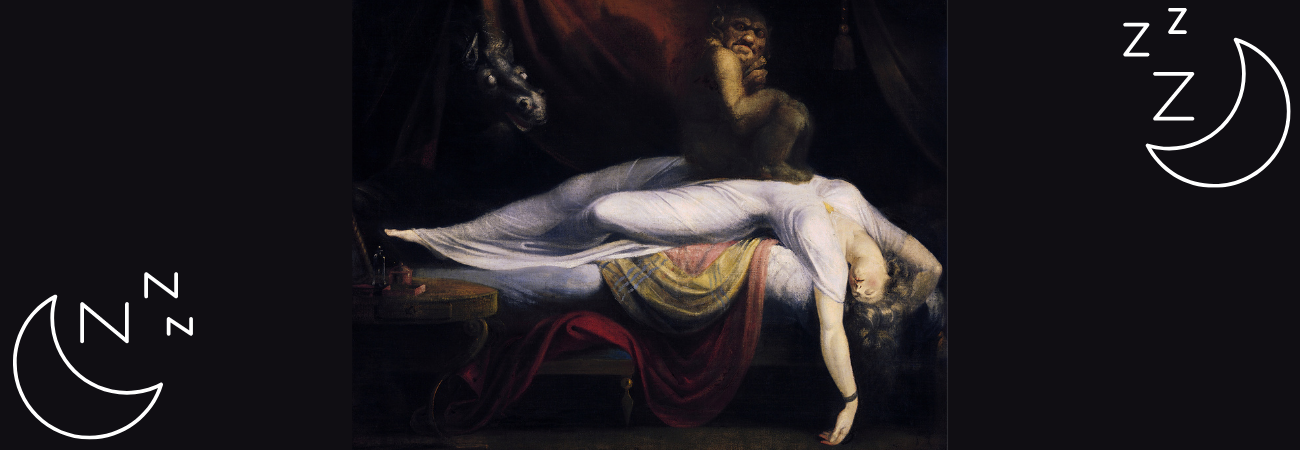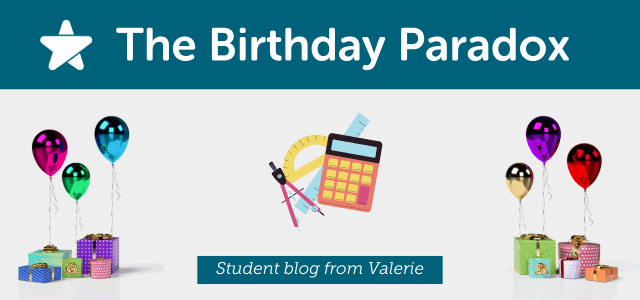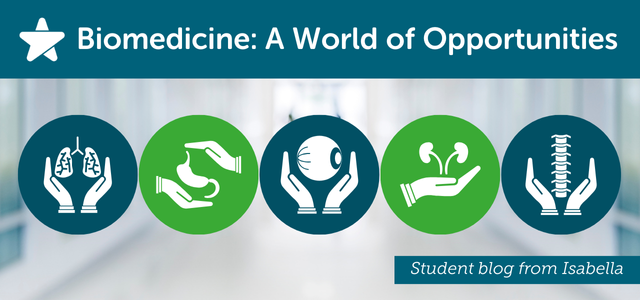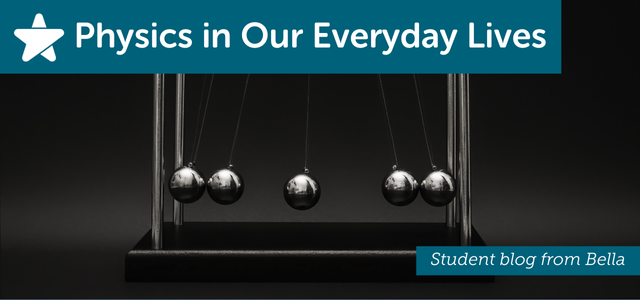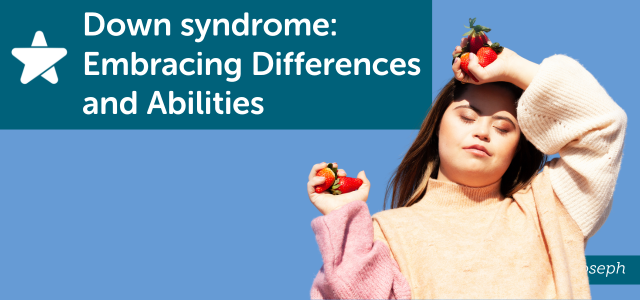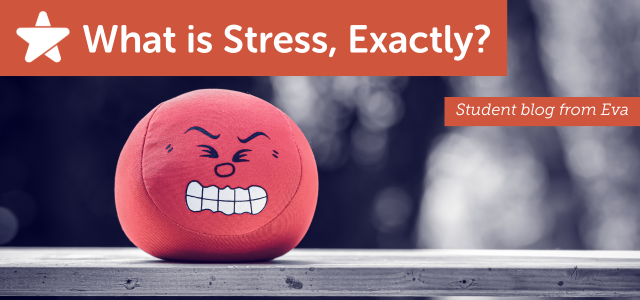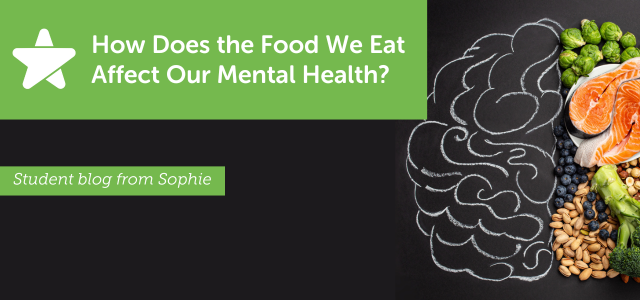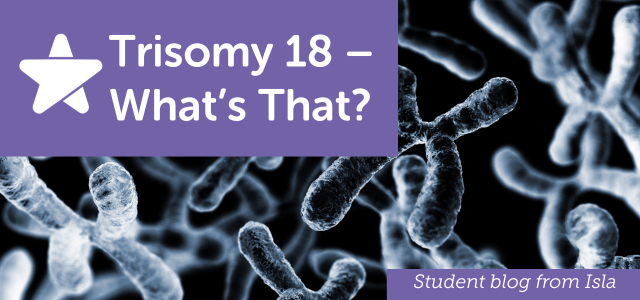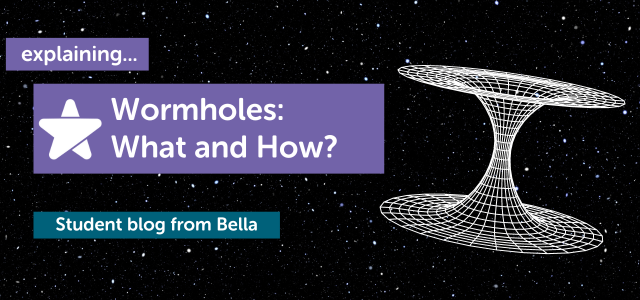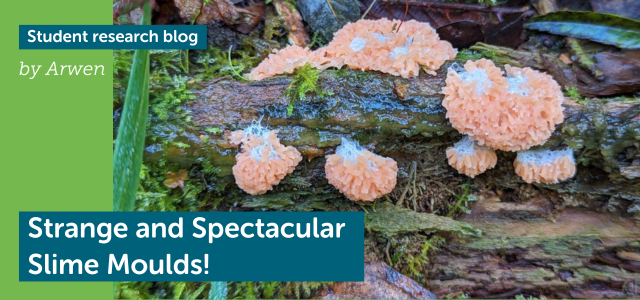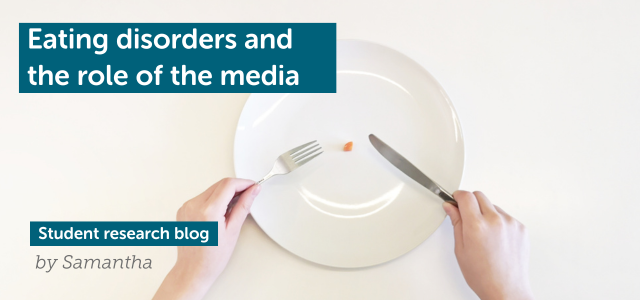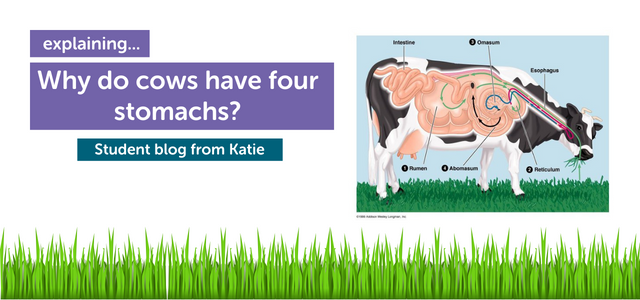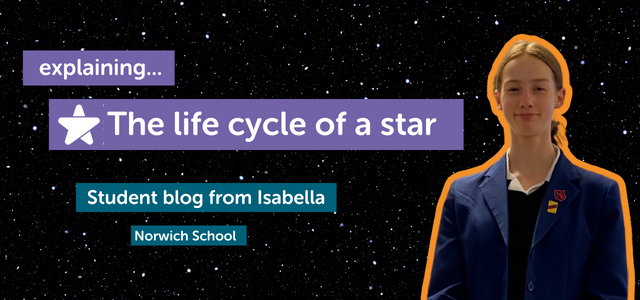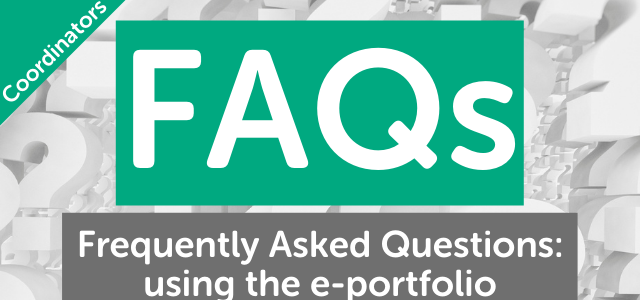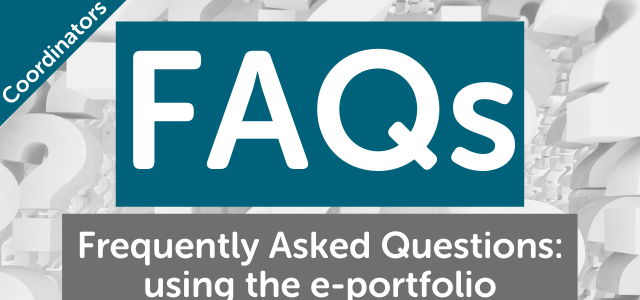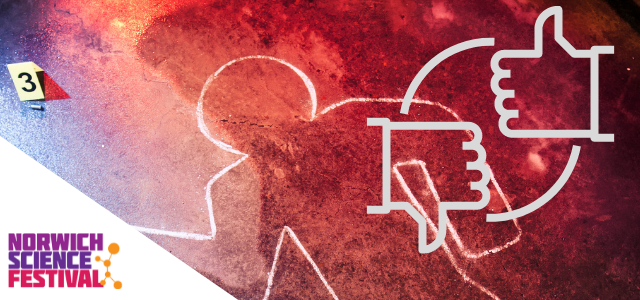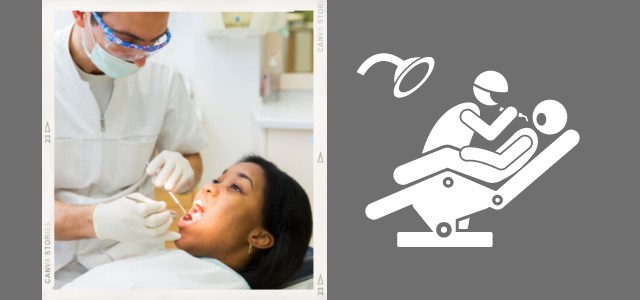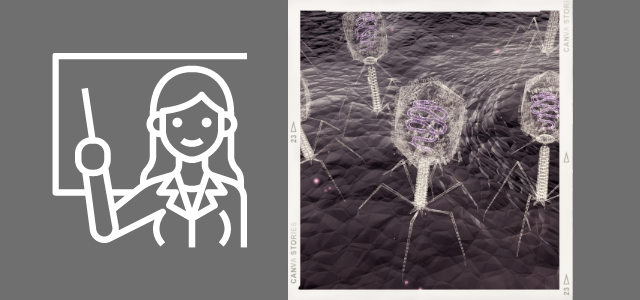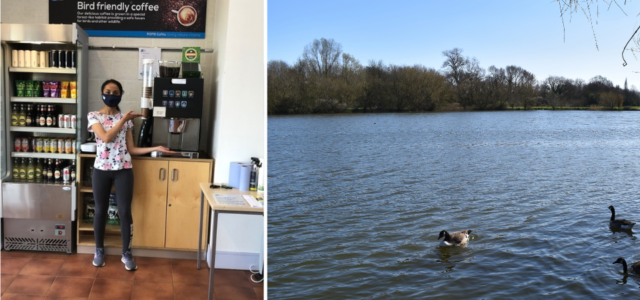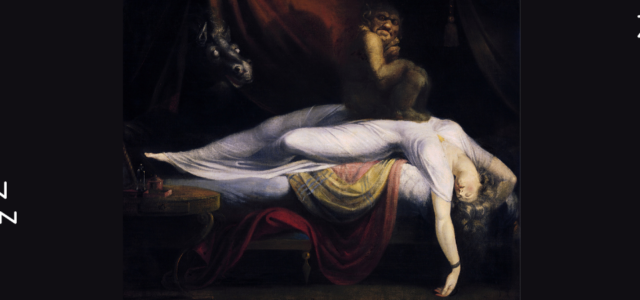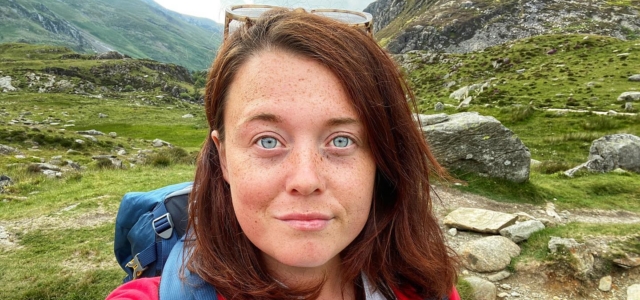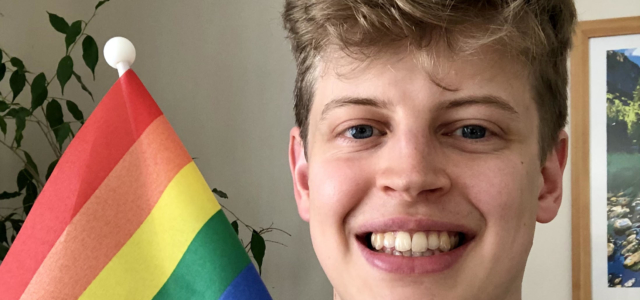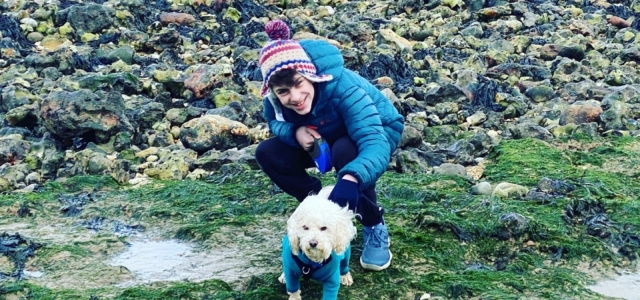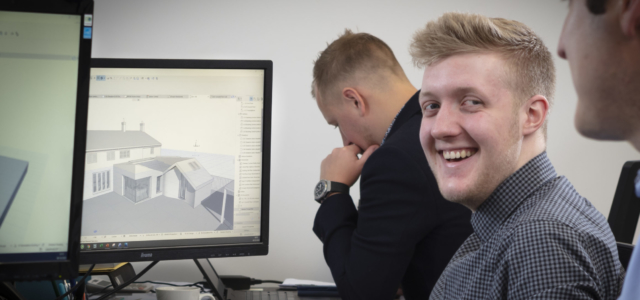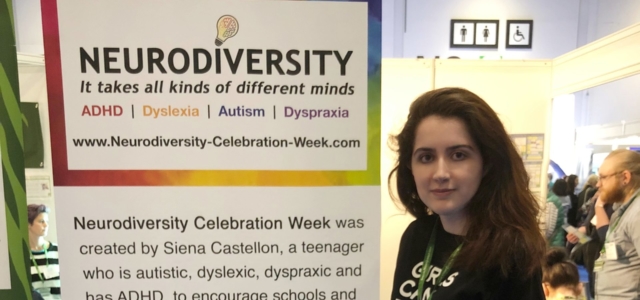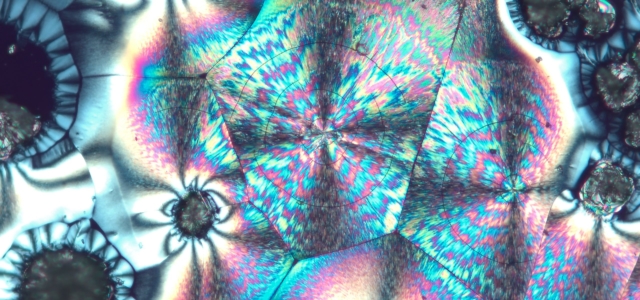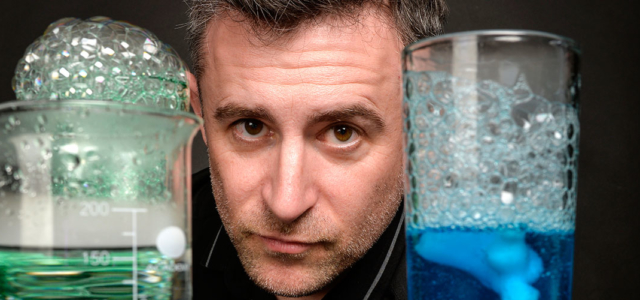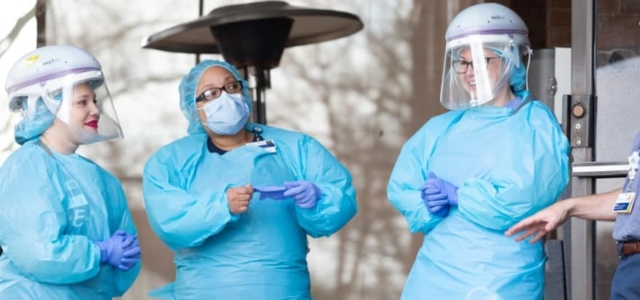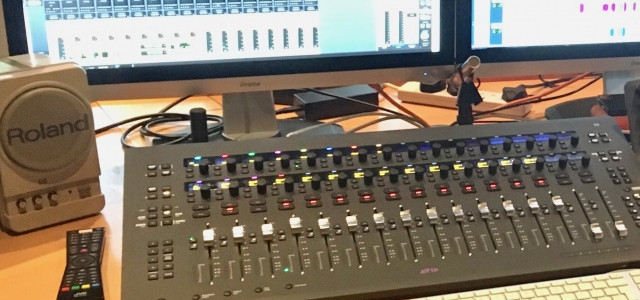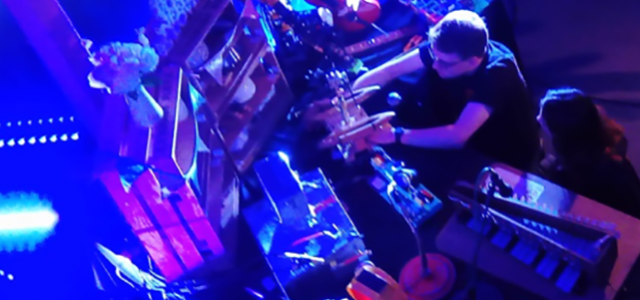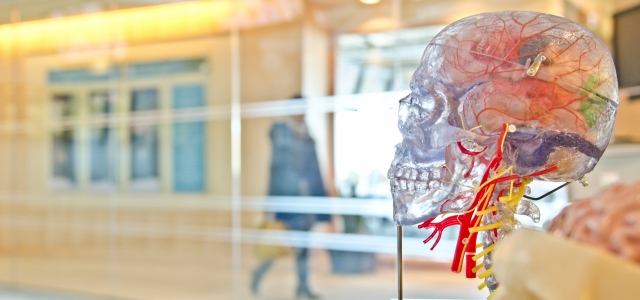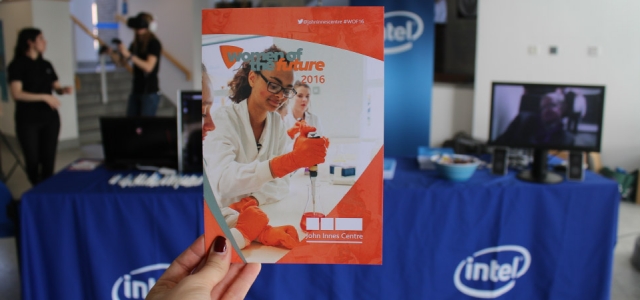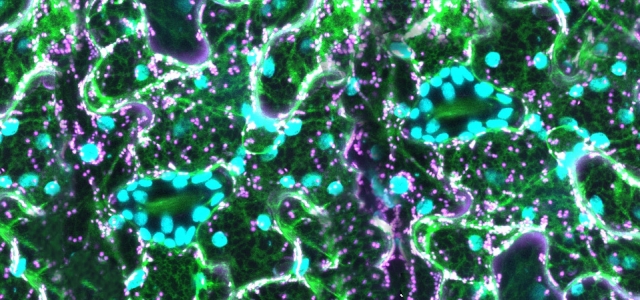Faye takes us on a journey into the strange world of sleep paralysis…
During lockdown, I started to notice I was having increasingly vivid dreams, especially some very strange ones where I felt awake but couldn’t move. I took to the internet to do some research and found that I was experiencing sleep paralysis. Sleep is something that is vitally important in our lives but which we actually know very little about. So, this is a summary of my findings in the hope that if you ever experience sleep paralysis, you’ll understand the science. As Marie Curie once said, ‘Nothing in life is to be feared; it is only to be understood.’
To understand what goes on in sleep paralysis, we need to first understand more about sleep in general. There are two categories of sleep:
- Non-REM (non rapid eye movement); the heart rate slows alongside muscle activity and your brainwaves slow in frequency.
- REM (rapid eye movement): our eyes dart back and forth, our muscles are completely paralysed and brainwave activity increases almost to an awake state. This is when we dream.
Sleep paralysis can occur as we come out of REM sleep – our muscles are still paralysed but we are starting to regain consciousness – you cannot move or speak even though you feel awake. Sometimes it feels like someone is in your room or something is pushing you down. People also experience hallucinations where they might see or hear monsters. This can last up to several minutes, and while it can be scary at the time there are scientific explanations for everything that happens during sleep paralysis:
- Paralysis – our muscles are still frozen from REM sleep. This is to prevent us moving too much while we are dreaming so we don’t hurt ourselves
- Visual and auditory hallucinations – these are dreamt but can feel real as we are becoming more awake
- A weight on your chest – during REM sleep, some of the muscles around the airway are inhibited, resulting in shallow breathing
- Feelings of fear – as you wake up, the part of the brain involved with processing fear (the amygdala) is highly active. The brain feels like there’s some kind of fear that it needs to process but there’s no clear sign of danger – so it assumes there is some kind of threat nearby that needs to be dealt with, even though you can’t see it.
Studies have shown that sleep paralysis is more frequent in students, probably because we are generally more stressed and have poor sleeping habits. It can also be a symptom of PTSD, anxiety or more serious sleep disorders such as narcolepsy. You can be genetically more susceptible to sleep paralysis and other parasomnia – it runs in families. This means if your parents or siblings have ever experienced it, you could also be more likely to.
Sleep paralysis has been around for centuries, in fact, it’s been documented since 2000 BC! In the Roman Empire, a demon known as the incubus was responsible for bad dreams – it sat on your chest inducing horrifying dreams and physical immobility.
So we understand how sleep paralysis happens, the next mystery is why…

